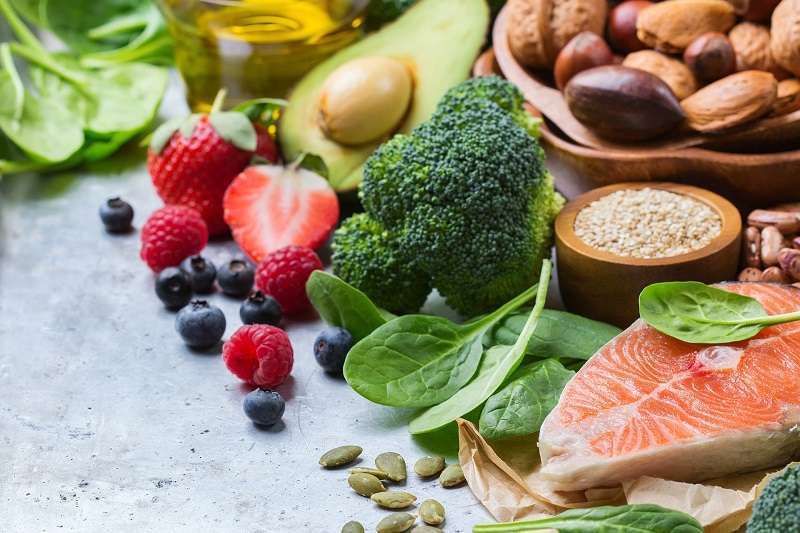Unlike subcutaneous fat that is found under the skin and can be felt by pinching around your belly, visceral fat is hidden deep in the body and wraps around your abdominal organs such as the stomach, intestine, liver, pancreas and kidney. Even people who flout flat ‘six-pack’ abdominal muscles could have excess visceral fat. Other than doing an abdominal scan there is no other way to find out for sure whether you have visceral fat. However, too much subcutaneous fat could be an indication of too much visceral fat.
Excess visceral fat can harm your health and lead to many issues, including heart disease, diabetes, and dementia. One effective way to reduce visceral fat is by adopting healthier eating habits. Eating a Mediterranean diet (MED), which has been ranked five times in a row as the best diet in the world for overall health by nutrition experts, has so far been considered a good way to reduce visceral fat.
Recently, researchers have found that a variant of MED, referred to as ‘Green MED’, has the potential to reduce visceral fat even more than a regular MED. The green MED diet includes more plant-based foods and less meat intake than the traditional MED diet. The new study found that while a healthy diet reduced visceral fat by 4.5 percent, and a MED intake reduced it by 7 percent, following a green MED led to a reduction of visceral fat by 14 percent.
A key difference between the green MED and traditional MED is that the ‘green’ version emphasizes plant-based proteins more than the traditional MED diet. Whereas the classic version of the diet includes red and processed meats occasionally, green MED avoids these meats totally.
Another difference is that the green MED diet involves consuming green tea, walnuts, and Mankai duckweed (a high protein aquatic plant) daily due to the high content of healthful polyphenols found in these foods. The green MED also involves more structure, as it has a set amount of calories, protein, and specific foods to eat daily, whereas the Mediterranean diet is more generalized.
While both versions of the MED diet contain anti-inflammatory and antioxidant foods that reduced risk of chronic disease, lower cholesterol, and healthier blood pressure levels, green MED also offers additional benefits, including decreased waist circumference, reduced LDL (bad) cholesterol, and lower diastolic blood pressure.
The additional benefits of green MED could be attributed to the aquatic duckweed plant, which served as a meat substitute in the study. The duckweed plant is high in bioavailable protein, iron, B12, vitamins, minerals, and polyphenols — compounds such as flavonoids and phenolic acid that are found in various plant-based foods — all of which are known for their health benefits. Participants in the green MED group had higher levels of polyphenols in their plasma and urine probably due to the consumption of polyphenol-rich green tea, walnuts, and duckweed powder.
Polyphenols have potential antioxidant and antiinflammatory roles in the body, and have been associated with the prevention and management of several diseases, including cardiovascular disease, hypertension, diabetes, and Alzheimer’s disease.
According to researchers, the effects of polyphenols in the green MED diet can induce a higher breakdown of fatty acids and higher energy expenditure that may eventually affect the amount of fat accumulation. Although more research would be needed, the green MED has the potential to play a role in treating obesity and promoting weight loss.
The high amount of polyphenols in a green MED diet is likely contributing to reduced visceral fat through several mechanisms, including by blocking fat absorption after eating, increasing the uptake of glucose into the muscles, and reducing chronic inflammation.
Nutritionists recommend that rather than go for polyphenol supplements, it is more beneficial to eat polyphenol rich foods such as berries, nuts, artichokes, red onion, spinach, flaxseed, olives, herbs and spices, as well as in beverages such as coffee, tea, and cocoa.

